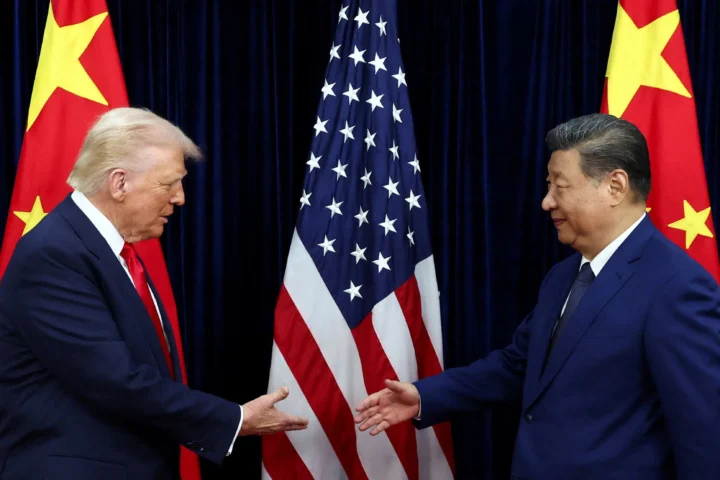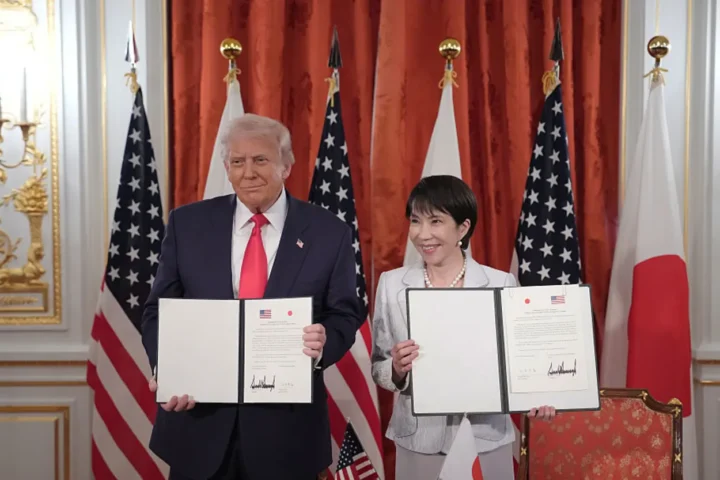As things stand today, India is an indispensable pillar for the Quad (Quadrilateral Security Dialogue) from a defence and security perspective, shaping Indo-Pacific stability and counterbalancing rising regional threats. As of 2025, its growing military partnerships, advanced defence diplomacy, and pivotal geography render it not merely a participant, but an anchor for joint security architectures alongside the US and Australia.
India’s sheer geographic position, at the heart of the Indian Ocean, with a 7000-kilometer coastline and proximity to vital sea lanes, grants the Quad unparalleled access to the Indo-Pacific. Unlike other Quad members, India directly borders China, Pakistan, and shares maritime boundaries with Southeast Asia, making it a critical security stakeholder. This unique location transforms India into the linchpin for both continental and maritime security calculus in the region.
Defence Integration
Recent years have witnessed a surge in India’s joint defence activities with Quad partners. In July 2025, India led the regional MAITRI (Maritime Initiative for Training in the Indo-Pacific), strengthening multilateral maritime training and domain awareness for Indo-Pacific littorals. Alongside this, the Quad-at-Sea Ship Observer Mission has improved coast guard interoperability across members, advancing frameworks to deter illicit maritime activity and respond to emergencies.
India participates annually in the Malabar naval drills, a keystone Quad exercise that fuses US carrier strike groups, Australian frigates, and Indian destroyers for anti-submarine warfare, intelligence sharing, and advanced naval maneuvers. In 2025, the exercise saw record participation, with over 25 ships, 70 aircraft, and 10,000 personnel, showcasing seamless interoperability and signal deterrence.
Bilateral agreements underpin this collaboration. India’s signing of the Communications Compatibility and Security Agreement (COMCASA) with the US has enabled secure military messaging and access to advanced American equipment. With Australia, the Mutual Logistics Support Agreement (MLSA) provides reciprocal use of naval bases and logistics hubs, ensuring rapid deployment across the Indian and Pacific Oceans.
India-Australia: Defence Ties in High Gear
India-Australia defence relations have matured rapidly over the years, driven by Comprehensive Strategic Partnership (CSP) frameworks, reciprocal logistics arrangements, and intensive joint training. The 2+2 Ministerial Dialogue and Defence Policy Talks constitute institutional pillars aligning strategies, with upwards of 32 official delegations exchanged just between 2023 and 2024, a testament to the deepening operational synergy.
Security: Safeguarding the Indo-Pacific Commons
Maritime security remains the fulcrum of Quad operations. The Indo-Pacific Partnership for Maritime Domain Awareness (IPMDA), launched at the 2022 Leaders’ Summit, now provides integrated, real-time maritime data for regional partners, empowering smaller Indo-Pacific nations to combat illegal fishing and trafficking. India’s robust navy, with over 150 ships and 300 aircraft (2025 figures), patrols choke points like the Malacca Strait, ensuring safe passage for $5.5 trillion in annual commerce.
Unlike other members, India’s doctrines such as SAGAR (“Security and Growth for All in the Region”) reflect homegrown leadership and a commitment to a rules-based order, directly countering revisionist maritime activities in contested waters. Australia recognizes India as a “top-tier security partner,” with its 2024 National Defence Strategy explicitly supporting India’s regional leadership.
India’s Quad role extends beyond traditional threats. As of 2025, the Quad Working Group on Counter-Terrorism, announced at the 2023 Foreign Ministers’ Meeting in New Delhi, has conducted five joint counterterrorism tabletop exercises (TTX), tackled terror finance, and condemned cross-border attacks, such as the Mumbai 26/11 and Pathankot incidents. India’s experience fending off state and non-state groups positions it as a leader in shaping counterterrorism policy for the Indo-Pacific.
Bilateral tech-sharing – with the US in critical defence technologies, and industrial partnerships with Australia – bolster India’s defence industrial base, reducing regional vulnerabilities to supply chain shocks and external coercion. India’s pragmatic approach, emphasizing “strategic autonomy,” ensures its Quad engagement remains assertive yet balanced, avoiding the pitfalls of formal military alliances and thus defusing escalatory spirals with China.
Responding to the China Challenge
India’s evolving defence posture within the Quad is ultimately shaped by China’s assertiveness. Following disengagement at the Line of Actual Control (LAC) in 2024, India has shifted resources toward maritime frontiers, strengthening deterrence without overcommitting to land confrontations. The presence of India in the Quad signals a direct counterweight to both continental and maritime coercion, enhancing regional deterrence.
As Beijing invests in “string of pearls” facilities in Pakistan and Sri Lanka, India’s active Quad role reassures smaller neighbours and Quad partners, filling security vacuums before they can be exploited. Supply-chain resilience initiatives and joint infrastructure development projects further reduce regional dependence on Chinese networks.
The institutional muscle of the Quad, embodied in regular summits, working groups, and foreign ministerial meetings, ensures that Indian priorities, such as maritime law enforcement, disaster response, and infrastructure, remain central to the agenda. The upcoming Quad summit in New Delhi (late 2025) is expected to further streamline collaboration on cyber-security, infrastructure, and critical emerging technologies.
The Indispensable Quad Partner
In 2025, as US-Australia cooperation intensifies amid rising Indo-Pacific pressures, India’s role is not just supplementary; it is indispensable. Its integration of cutting-edge maritime assets, institutionalized cooperation with Quad partners, and strategic leadership position India as the backbone of the Quad’s security mission. For Western audiences, understanding India’s indispensable contributions to Quad security is key to grasping the evolving Indo-Pacific architecture, one that aspires not just to deter threats but to build a resilient, rules-based future.











